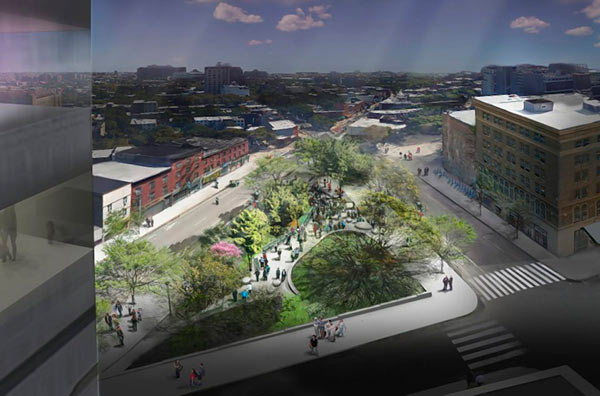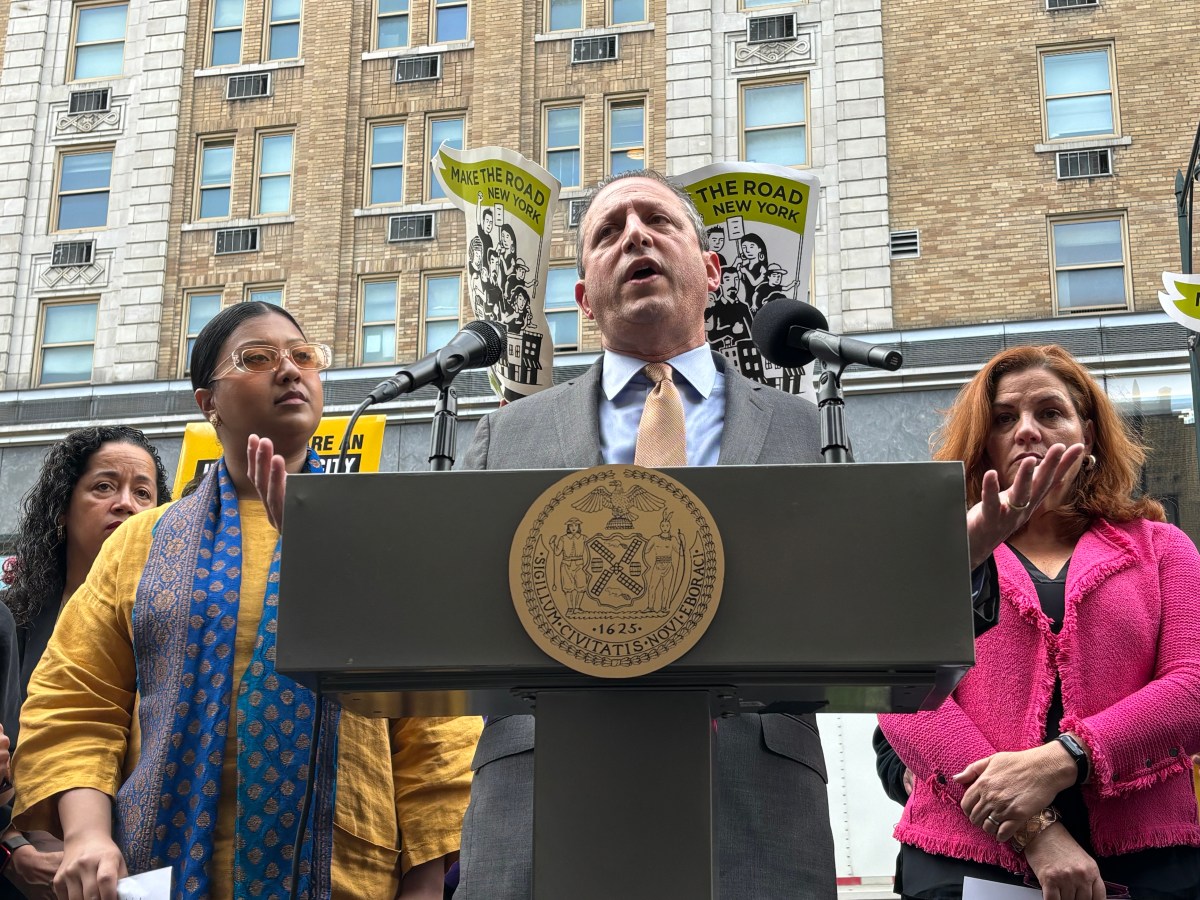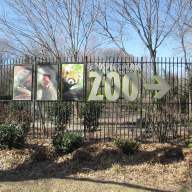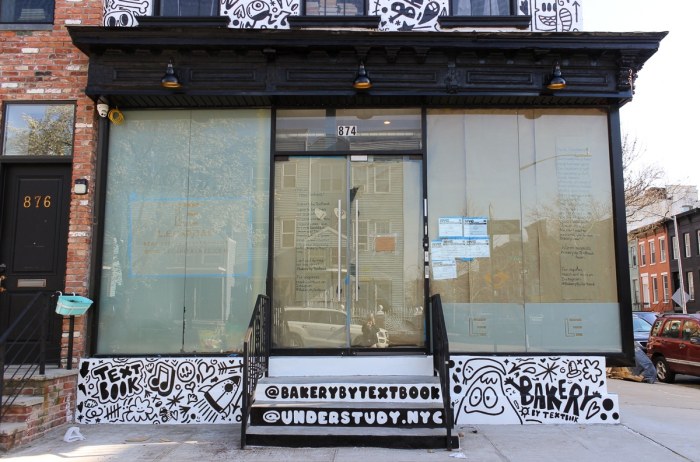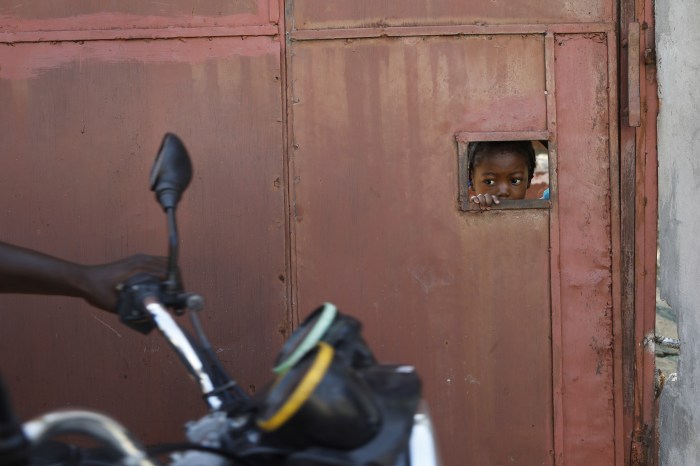What a tree-lemma!
A long-shuttered Fort Greene park near the Brooklyn Academy of Music must not clean up all of its toxic soil if residents want to save its lavish collection of trees, an architect heading the green space’s makeover told members of Community Board 2’s Parks Committee meeting on Monday night.
“There are a lot of existing trees in the park, their roots fill 80 percent of the park so we’ve been trying to keep the really fine specimens of trees,” said Andrew Moore, who drew up designs to revamp “BAM Park.” “You can’t excavate soil or fill on top of it without killing trees.”
The triangular park bounded by Lafayette Avenue and Fulton and St. Felix streets has been closed for 12 years due to unstable ground filled with contaminated soil. The dirt contains metals, plastic, and lumber containing high levels of arsenic, mercury, lead, and pesticides, according to a 2012 study by Langan Enviornmental and Engineering Services. That fill came from tenement buildings that once stood there.
Residents concerned by the unnatural findings enlisted the expertise of the Center for Health, Environment and Justice to dig deeper and it discovered the contaminants are probably carcinogens that may also damage skin, developing brains, and pulmonary, renal, gastrointestinal, and central nervous systems, according to local Sandy Reiburn, who pushed for the investigation.
Experts recommend excavating the entire lot and removing the pernicious dirt entirely, but doing so would kill the trees that have root systems deep throughout the triangle, according to Moore. Instead, he has come up with a plan with the city’s Office of Environmental Remediation — which has supported it — to clean up part of the park and pave over those portions to cap it. Remaining areas containing the toxic soil will be fenced off and filled with vegetation planted in mulch.
People should not touch the soil or breathe it in, said Moore, who assured locals its effect on humans and the environment will be closely monitored.
“The areas that are contaminated, people shouldn’t be in contact with the soil,” he said. “During the construction process there’s procedures to make sure it doesn’t become airborne.”
And locals don’t have to worry about storm water carrying the soil through the streets because rainwater stays on the site, Moore claimed.
Plans for the long-awaited $2.5 million new park that is being funded with money from city and state coffers include removing four trees that are creating too much shade and saving three beech trees that have made the most of their time in the noxious soil, said Moore.
“They’re really thrived in this sort of odd, difficult condition,” he said.
An elevated walkway will be installed around the timbers so people can walk through the park without harming the root system. And a wood-like deck will be put in at the tip of the park that people can sit on. New honey locusts will be planted behind the deck to provide shade, said Moore.
Residents were pumped that the park could finally be unlocked soon, but asked for assurances the Downtown Brooklyn Partnership — which is overseeing the project — be open with them about further soil and air testing and not rush it to create a nicer front yard for people living in the new high-rises that border the area.
“People are concerned because they live there. I’m still very concerned about transparency issues having to do with how this is being remediated,” said Reiburn.
Officials from the business booster group told locals they would keep them posted on any findings and will set up a special phone line and e-mail address for people to reach out to during construction.
If all goes to plan, construction will begin in the fall and would take roughly a year and a half.


